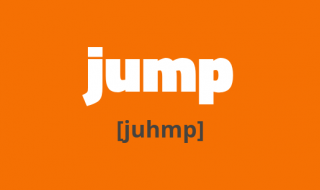
The Indian Princess Suffragette – Sophia Duleep Singh
You’ve probably heard of the Suffragettes, who fought for women’s rights, but did you know that an Indian princess was one of the leading campaigners in England?
Pride of Place – The World of the Lion
Lions are felines, which means that they are members of the same wider family as cats. Indeed, they are frequently referred to as “large cats” or something similar.
They live on plains and savanna in Africa and India, where the sun beats down on the grassland so that it fades, withers and turns yellow – just the colour of a lion, which helps to camouflage it, so that it can blend in with its surroundings and stay hidden.









